Shasta Geaux Pop presents: Shasta Greaux Crops is being developed as a multi-species collaboration. Over the next three years I, alongside my collaborators, will spend time in various rural and urban locations working with land, soil, plants, people, and each other while creating material, growing food, and working to find ways to develop and support communal ecosystems that aren’t solely reliant on capitalist models of creation. For example, can this project become an art cooperative? I have already been exploring ways of making Gather (g)Round a co-op that allows room for input and participation from more than just the creative team.
What if we were just a bit more aware and mindful of being in right relationship with our more-than-human kin? Perhaps this would allow us to treat each other a bit better.
But, why does any of this even matter? What is the purpose? Sometimes I imagine what the world would be like if humans were better service providers. Not in the sense of customer service to sell products, or to work in the hotel and restaurant industry, but as service providers to the earth. Suppose we were holistically interested in servicing other species as well as our own. Suppose we considered the soil, trees, plants, animals, and microbes. At the very least, what if we were just a bit more aware and mindful of being in right relationship with our more-than-human kin? Perhaps this would allow us to treat each other a bit better.
While walking my dog Maxine recently, I thought about soil. Soils are critical ecosystem service providers. I thought about the time it takes for soil to become healthy. According to the Natural Resources Conservation Service, “Some tangible benefits from improved soil health may take five-ten years to become visible or measurable, but others may appear within a single year.” This means, of course, both immediate and long-term measures can be taken to improve the matter who literally gifts us life and aids in our survival. I liken this to the approach I am currently taking with my artistic practice, taking both immediate action and slowing down. I cannot expect change to happen overnight. The genocides, oppressions, climate shifts, and colonial regimes took years of planning and strategizing to get the world to this geological age that many refer to as the Anthropocene.
As a Black American who is a descendant of those who were kidnapped and enslaved, the notion of the Anthropocene resonates very differently with me and connects directly to my artistic practice. In her book A Billion Black Anthropocenes, Kathryn Yusoff writes, “I want to challenge the racial blindness of the Anthropocene as a willful blindness that permeates its comfortable suppositions and its imaginaries of the planetary-imaginaries that constitute its geographies of concern and attribution.” I actually reached out to our pal ChatGPT to break this down in simpler terms: “I aim to question how people overlook racial issues during the Anthropocene era, viewing it as a deliberate choice rather than an oversight. This blindness affects their comfortable assumptions and the ways they imagine the world, including how they perceive and assign importance to different geographical areas on the planet.”
White supremacy has played such a vital role in the destruction of our planet. White supremacy has erased and destroyed so many traditional ecological knowledges and practices—ways of being that were in alignment with the earth’s natural processes. We weren’t separate from nature; we recognized ourselves as nature. I strongly believe that in order for the planet to heal we absolutely cannot continue business as usual with the West leading the way and continuing down the same path of destruction.
This is why this project must be developed intentionally by those belonging to the Global Majority. It must be created and explored by those who have been marginalized and whose voices and existences are constantly challenged. It is also pertinent that we spend time cultivating an audience of participants who look like us and see themselves reflected in the work. Living in Europe, and working in the arts in general, my experience has been that audiences are predominantly white, have financial privilege, and/or are connected to the arts. This work wants to challenge that and cultivate a truly diverse audience, which takes time and requires building relationships. This is why workshops are such an important aspect of the developmental process. Through long-term engagements with different groups, we can establish trust and understanding of the processes we are both experimenting and working with. There is also a multigenerational aspect of the work that juxtaposes the past and the future, through examining archives and traditions, while imagining new futures and creating new rituals that shape and prepare generations to come.
What does the spring ask of us? How do we understand the needs of the summer and the fall?
We must remember that we are not the most important species on the planet, but our impact is great, so we must move with care. Seasonal compassion and sensitivities are a necessity. What does the spring ask of us? How do we understand the needs of the summer and the fall? Where do we place ourselves in the winter, and who do we shelter in case we have accidentally or purposefully displaced habitats? In the spring of 2023, we embarked on our first collaborative exploration. A few collaborators in New York City—Justin Hicks, Kenita Miller-Hicks, and Jo Collura—flew to Oslo to meet with me and two other Norway-based collaborators: Vjolla Emiri and Cecilio Orozco-Martinez. We spent a week talking, sharing, gardening, hiking, cooking, and creating. One of the immediate takeaways was how we merely scratched the surface and needed more time. This had been the first time a couple of my collaborators had ever put their hands in the soil. We planted seeds together, both on the farm in Skjeberg and on my balcony. Most took root and I tried to document their growth over the course of the summer and fall harvest. We made music in the forest and studio, and recorded our conversations on cassette tapes so we could reference them later.

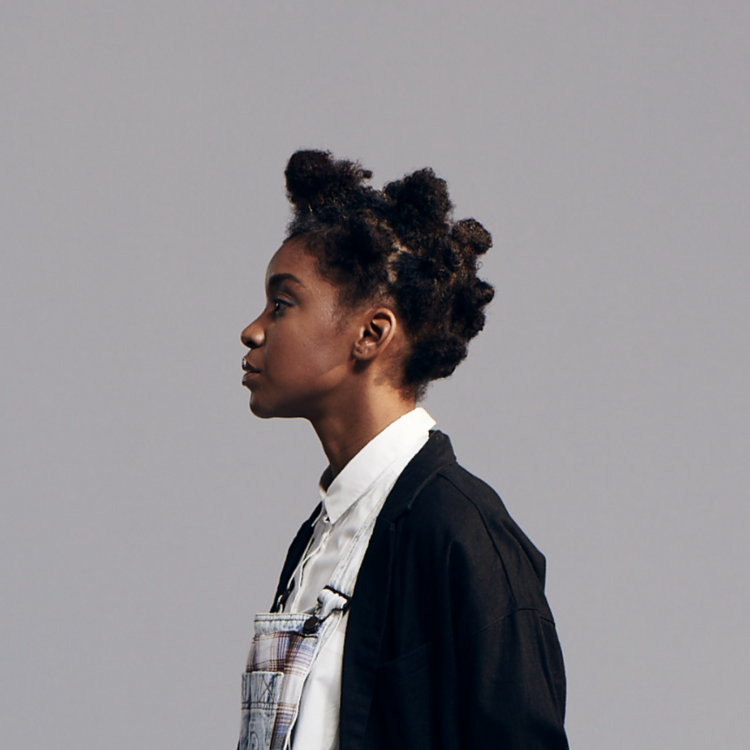
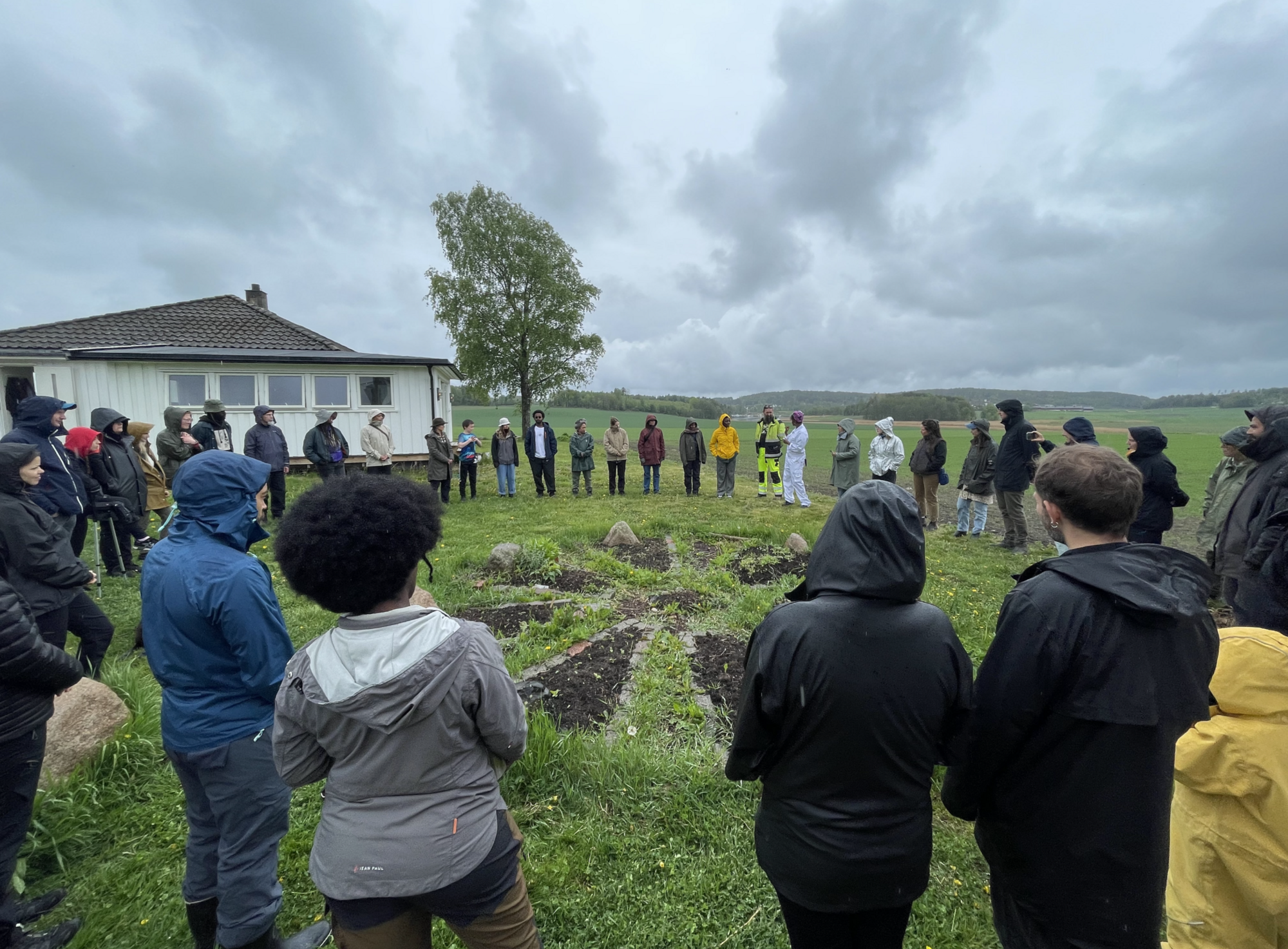
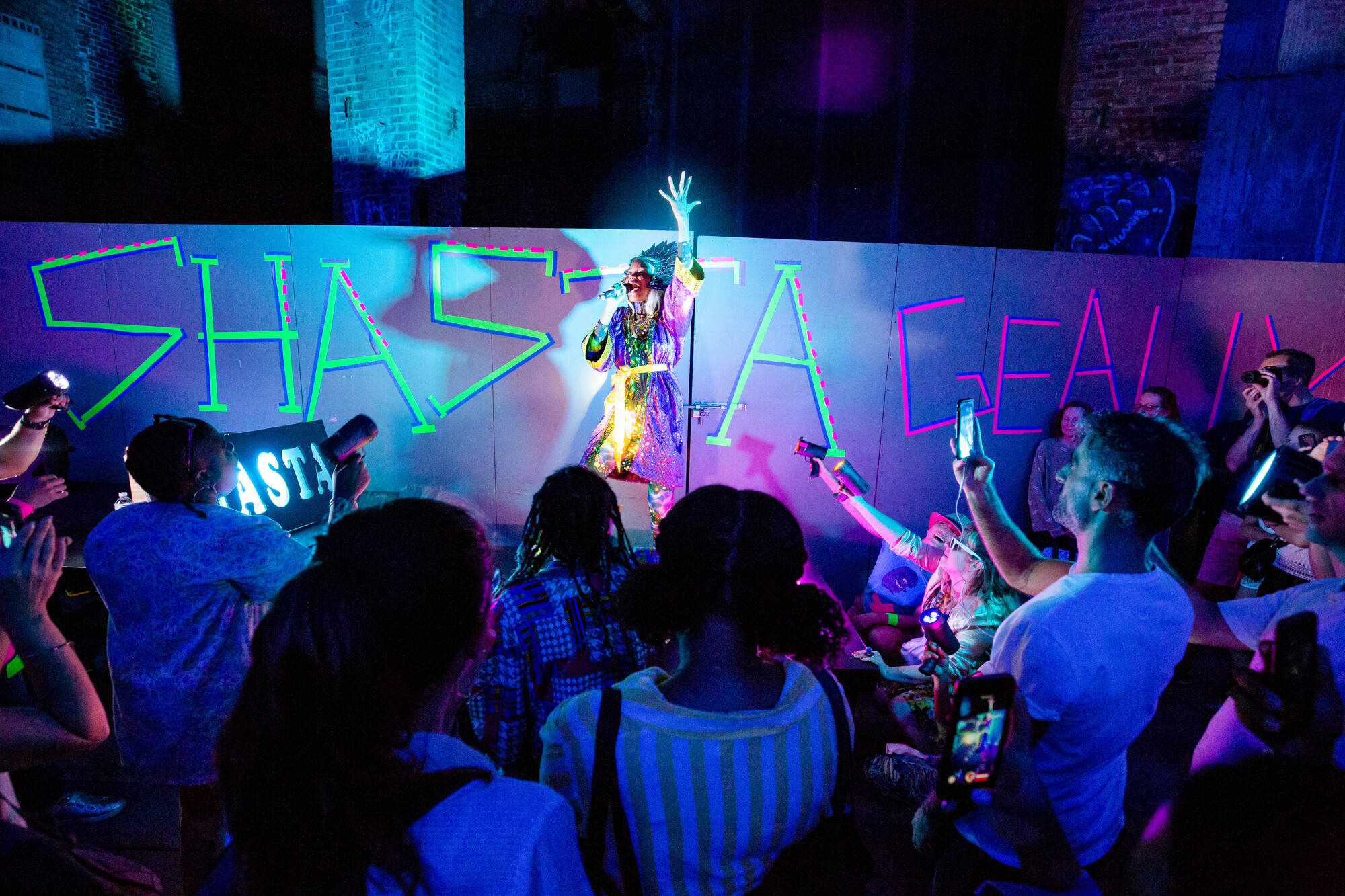
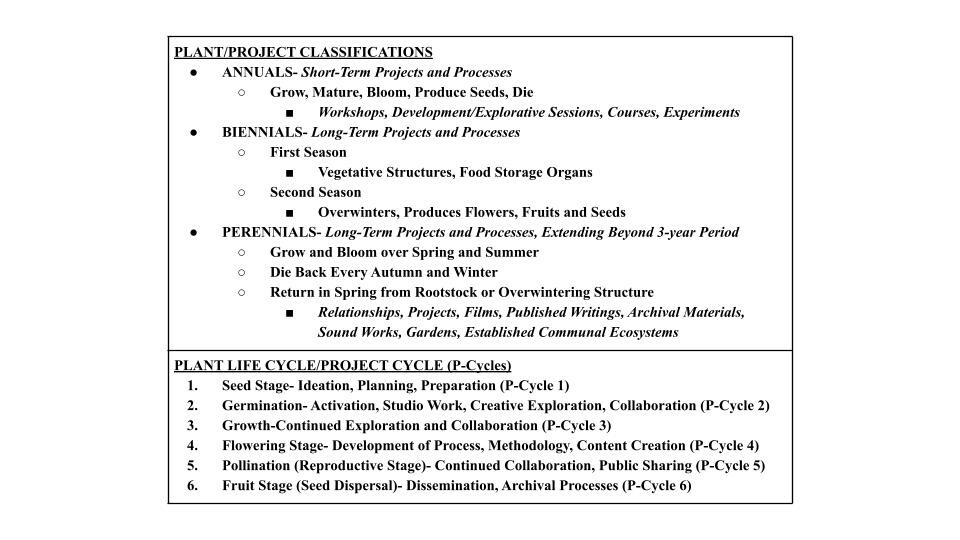
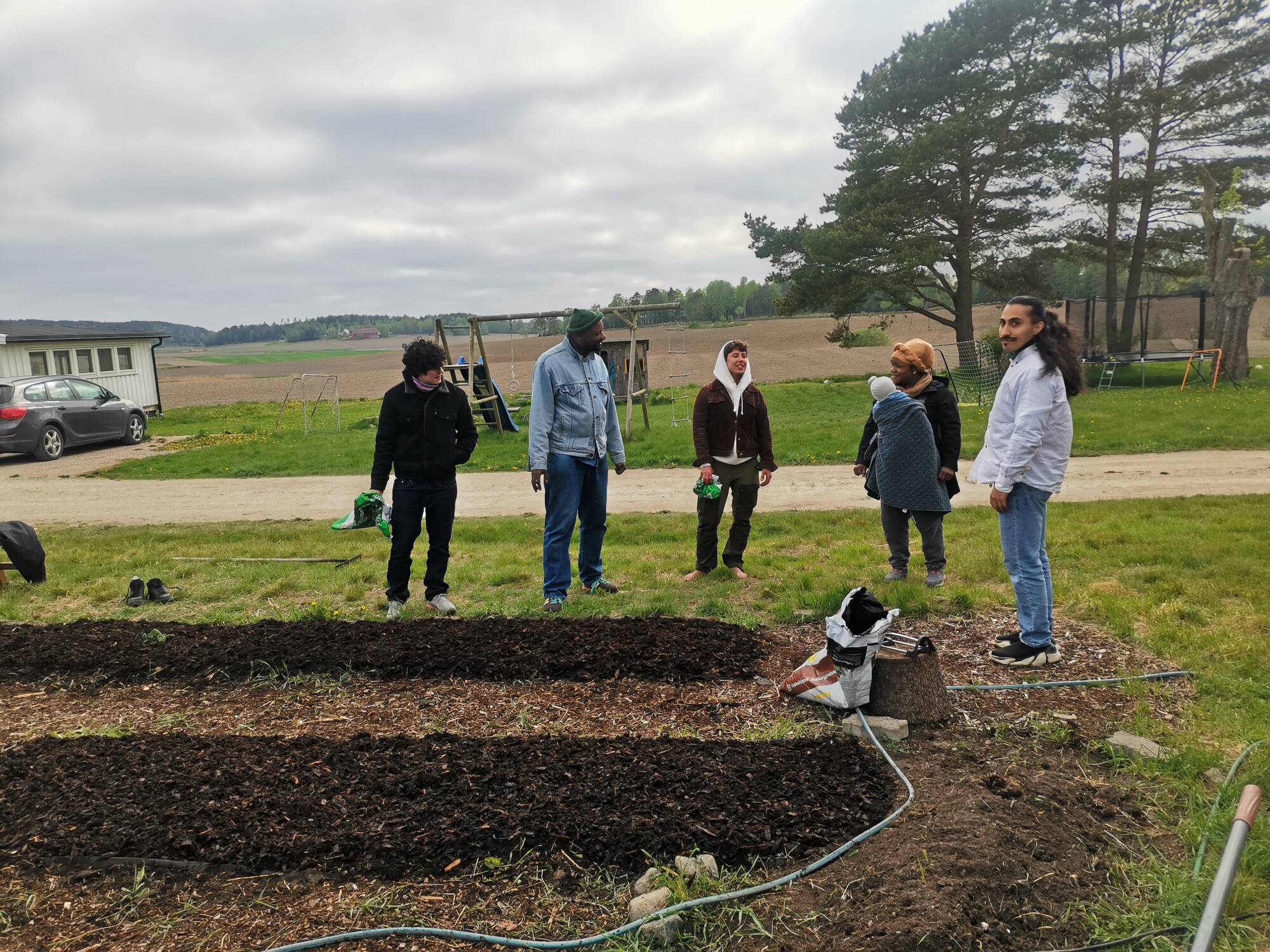



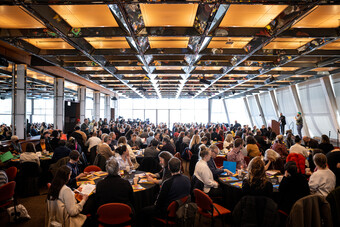

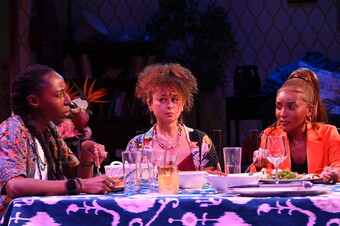


Comments
The article is just the start of the conversation—we want to know what you think about this subject, too! HowlRound is a space for knowledge-sharing, and we welcome spirited, thoughtful, and on-topic dialogue. Find our full comments policy here